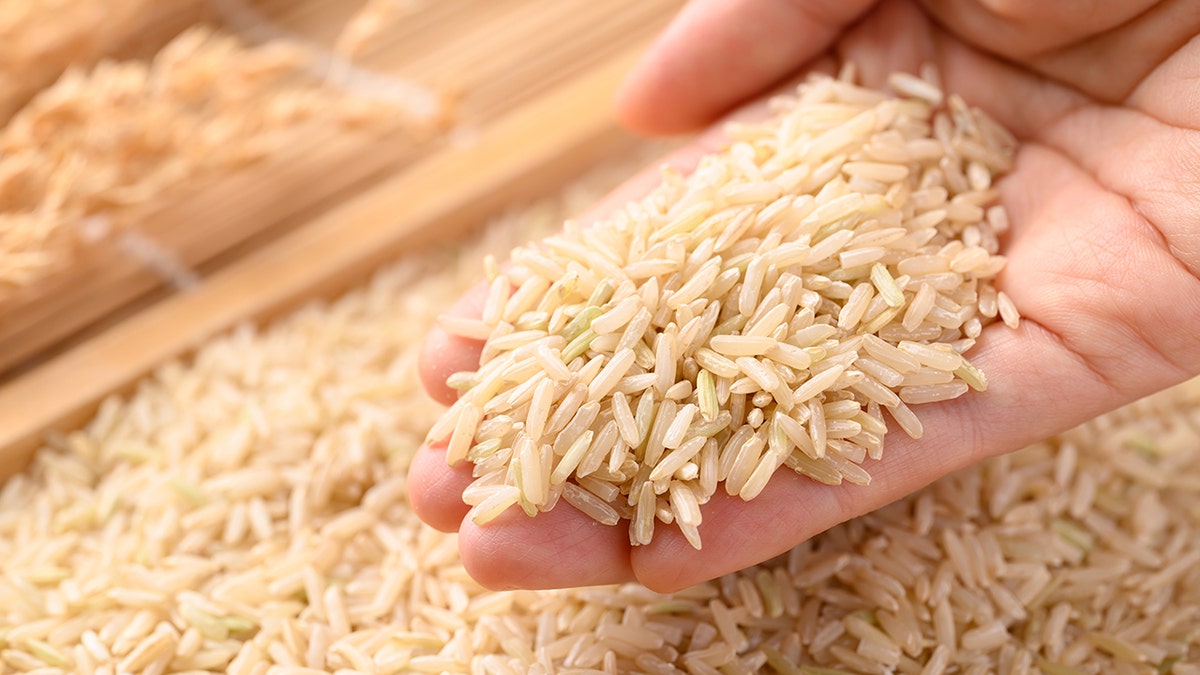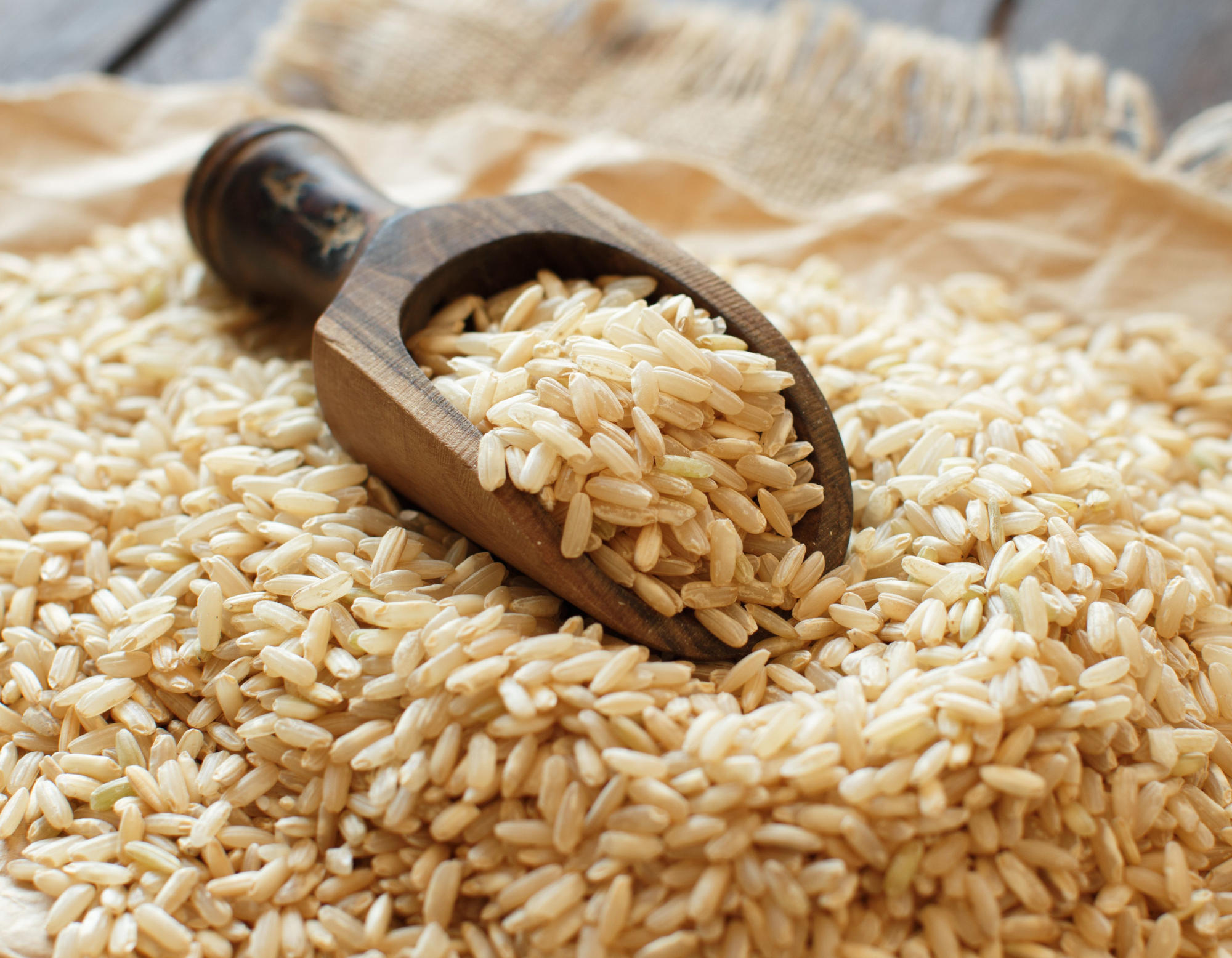Brown Rice Found to Hold Higher Arsenic Levels, Study Warns for Young Children
:max_bytes(150000):strip_icc()/Health-GettyImages-806770516-27b020e4fabf42369bdad36a36617bbf.jpg)
New research has shed light on the varying levels of arsenic found in different types of rice, confirming that brown rice generally contains more arsenic than its white counterpart. While this finding might raise concerns, experts emphasize that for most healthy adults, the amount of arsenic present in brown rice poses limited health risks. However, the study highlights a more pronounced concern for children under the age of five, suggesting that parents and caregivers may need to consider steps to limit their exposure.
Published in the journal Risk Analysis, this new study contributes to an ongoing effort to enhance food safety in the United States, particularly concerning heavy metals and children, as part of the FDA’s 'Closer to Zero' initiative.Christian Scott,PhD, a postdoctoral research associate at Michigan State University and the study's author, noted that the research builds upon long-standing knowledge: arsenic naturally accumulates most significantly in the rice's outer bran layer. Since brown rice retains this layer while white rice does not, it inherently harbors higher arsenic concentrations.

Photo Credit: Fox News
Scott's research involved an extensive review of prior literature, consolidating findings to identify overall trends in arsenic exposure. By estimating exposure from brown versus white rice based on average American consumption, the study provided a clear side-by-side comparison, indicating higher arsenic levels (relative to body weight) with brown rice consumption.
A critical observation was that children under five emerged as the highest average rice consumers per bodyweight unit, not due to larger quantities, but because their food intake is considerably higher relative to their body weight than adults. The study also revealed that U.S.-grown rice generally had lower concentrations of arsenic compared to the global supply, potentially due to lower arsenic levels in American soil and water or specific processing practices.
Arsenicis a naturally occurring element found in air, water, soil, and food. While ubiquitous, its ingestion is toxic to humans, with long-term exposure to high levels potentially leading to cancers of the skin, bladder, and lungs, according to theWorld Health Organization. Arsenic exists in two primary forms: organic, which contains carbon, and inorganic, which does not. Research consistently points to inorganic arsenic as the more toxic form, with more severe health effects, and unfortunately, it is the type more bioavailable to humans, frequently found in food sources.
Despite these findings, the research offers reassuring news for the majority of rice consumers. The study concluded that for most individuals, the arsenic in brown rice is "of limited concern," with the average adult American facing "minimal health risks from consuming normal amounts of rice," as confirmed by Scott. Experts, such as Julie Jones, PhD, CNS, stress that some dietary arsenic is unavoidable, with vegetables, fruits, and their juices contributing over 40% of the dietary intake. Matt Taylor, senior manager of food consulting at NSF, further notes that arsenic poisoning from food is uncommon, as levels in foods like rice are typically low and regulated.
However, for parents and caregivers of young children, extra precautions are advisable. Jones suggests several strategies to minimize children’s arsenic exposure: alternating rice-based cereals and other foods with non-rice alternatives, avoiding infant formulas sweetened with brown rice syrup, and seeking out rice grown in California or other regions where drip irrigation practices help keep inorganic arsenic levels to a minimum.

Photo Credit: SciTech Daily
It is important to remember that brown rice's higher arsenic content does not negate its overall healthfulness. It remains a nutritionally valuable whole grain, offering more fiber, magnesium, potassium, iron, and certain B vitamins compared to white rice. For optimal health benefits, Jones advises adhering to the U.S. Food and Drug Administration’s MyPlatedietary guidance to "make half your grains whole," promoting a varied diet rich in phytonutrients and essential minerals while concurrently reducing intake of heavy metals like arsenic.
If specific concerns about arsenic in brown rice persist, Taylor suggests rinsing rice thoroughly before cooking or preparing it with a larger water-to-rice ratio (up to 6 to 10 parts water to rice). While these methods can help reduce arsenic, it's worth noting they might also slightly decrease the content of some key vitamins. Ultimately, Jones emphasizes that consuming brown rice in moderation as part of a broad, balanced diet provides the body with the strongest defense against potential contaminants and supports overall well-being.
You may also like...
UCL Blockbuster: Chelsea Faces Bayern in High-Stakes Showdown!

The Champions League 2025/2026 season kicks off with a high-stakes encounter as Bayern Munich hosts Chelsea at the Allia...
Man Utd Shock: Record Revenues of £666.5m Can't Hide Massive Losses!

Manchester United announced record revenues of £666.5 million for the financial year ending June 30, 2025, but still inc...
Paul Rudd & Jack Black Slither into Comedy Gold with First 'Anaconda' Remake Trailer!

Jack Black leads an exciting cast in the newly-trailed remake of the 1997 film <i>Anaconda</i>, set for a Christmas Day ...
Illenium Blasts Off: New Album and Las Vegas Sphere Residency Unveiled!

Future bass producer Illenium is launching a six-show residency called 'Odyssey' at Sphere in Las Vegas in March 2026, c...
Bad Bunny Dominates Latin Grammys: Full List of 2025 Nominations Revealed!

Puerto Rican superstar Bad Bunny leads the nominations for the 26th Annual Latin Grammys with an impressive 12 nods, clo...
Trump Stunned: His Three-Word Remark to Kate Middleton Sparks Intrigue

Donald Trump commenced his state visit to Windsor with a reported compliment to Kate Middleton, followed by a formal rec...
Unraveling the Horrifying Mystery: Death of a 90s Icon at 32 Rocks the World

The untimely death of Hollywood actress Brittany Murphy at 32 remains shrouded in mystery, officially attributed to pneu...
Celebrity Carpenter's Journey: Finds Love After Raising 8 Children Alone

Moses Amiebenomo, known as Celebrity Carpenter, has announced his engagement to Princess Aisha, embracing his role as a ...
